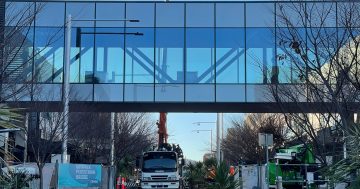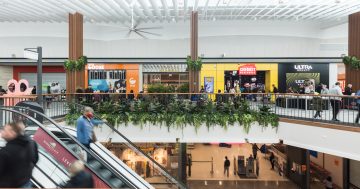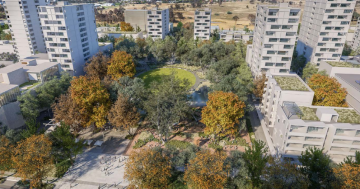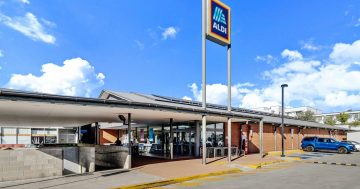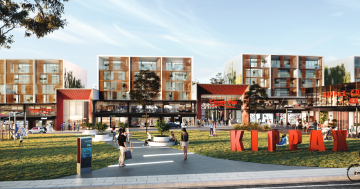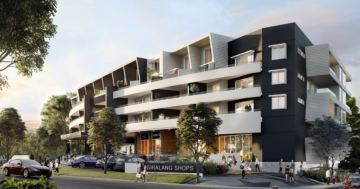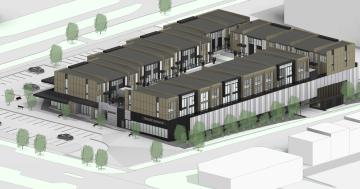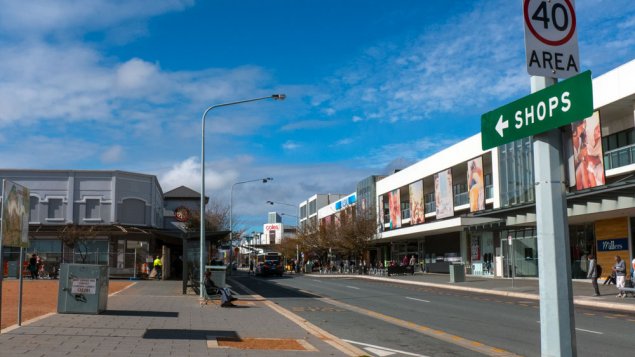
The state of Canberra’s shopping centres is a hot topic of conversation at present.
Southlands at Mawson is going through an interesting phase of regrowth and has been the subject of community consultations, Westfield Woden’s tenants are murmuring about difficulties attracting customers and Civic is overdue for an intelligent and creative make-over.
Meanwhile, issues concerning the Dickson shopping precinct remain unresolved. (The ACT Government encouraged a proposal for a huge block that incorporated two more supermarkets and some dubious apartments. That particular monster was rejected by the locals and subsequently was deemed to be inappropriate by the government’s planning authority, which surprised many.)
In the home of the big box mall, the United States, following decades of rapid growth, there is now a steady decline in the malls with no new malls being built since 2006. As far as I know, no major malls have closed in Australia, although a couple are struggling with the telltale signs of dollar shops now occupying vacant spaces.
It was with interest that I read a recent media release from the development company that holds a major part the lease for the Gungahlin shopping centre. The development company heralded the imminent arrival of an expanded number of retail stores (more choice) to its end of the centre, which has Woolworths and Big W as the anchor tenants.

This shopping precinct is a different style to the usual box mall approach as delivered (rightly or wrongly) to Tuggeranong, Woden, Civic and Belconnen. A model for the Gungahlin centre is the larger Rouse Hill town centre in northwest Sydney.
Both Gungahlin and Rouse Hill have open street malls with anchor retailers positioned away from each other so as to encourage shopping traffic past the many smaller ones in between. The Gungahlin model is smaller and has the main anchor tenants within internal small malls along with smaller retailers outside on street level.
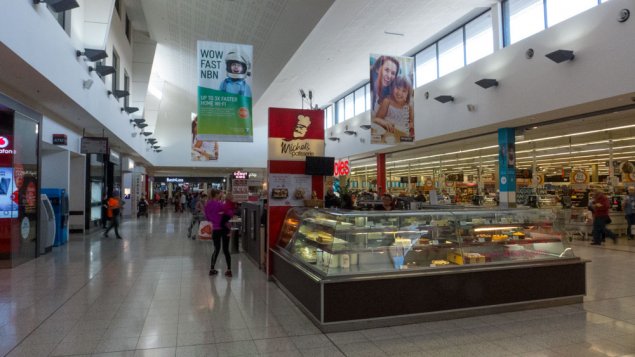
The most noticeable and positive aspect of the Gungahlin centre is that it is human-sized, being mostly restricted to two storeys. The buildings include some apartments, with some of these being three storeys high.
Here are two big lessons for those plotting the extra supermarkets into Dickson. It is really this simple! Keep the buildings in the main areas restricted to human scale (several storeys – not eight). In addition, new supermarkets should not be plonked right up against the present Woolworths. This lack of separation will not deliver more shoppers to the stores in the open plaza areas but will instead concentrate the activity in the style of ‘drive in drive out’ shoppers. (Surely that is not the government’s intention!)
Strangely, the Gungahlin centre is isolated from the surrounding suburbs, has just the one active street and is totally lacking in any distinctive design—most of the buildings are cookie cutter grey. The main street, Hibberson Street, more or less works as the main pedestrian area but the opportunity for something attractive has been avoided. There is an over-paved and uninspiring open space down the north-south axis in the middle that divides the two ends unnecessarily. It is shame that the library is off to the side at the western end; it would have been better placed in the middle and some of that paved areas given over to real parkland (grass that is).
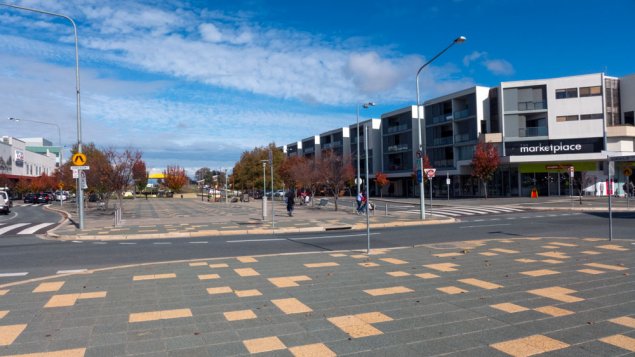
While there are many features about the Gungahlin shopping centre that deliver advantages over the usual closed box malls, it seems that the government and the developers did not have the confidence and vision to design the whole precinct as something far more engaging.
To be positive, I suggest that all is not lost—yet. The precinct needs a new master plan with an emphasis on introducing more creative landscape features to the whole area, there needs to be a creative design approach to the streetscapes and over time doing something should be done about the blandness of the buildings. The middle paved area requires a rethink with the introduction of some community focused permanent facilities to bring people to the area during the day and night.
The Gungahlin shopping centre could yet mature to be centre to attract not only more locals but also residents from other areas who have to suffer the closed malls.
A final note: The media release mentioned the extensions to the present Woolworths dominated Gungahlin Marketplace complex. Given that this new building will take over the open car park and bring in new retailers, this is a good thing for the whole centre. Sadly, I doubt whether there will be anything new, but just more of the same. This is indicative of the state of Australian retailing at the moment.
For the last couple of decades, developers, governments and retail centre managers have not been able to come up with anything innovative in what they serve up on their menu of retailer outlets. Given the closures in the United States, one wonders whether Australian retail head-honchos simply have their fingers crossed in the hope that online shopping and other factors will not bite here as hard as it is doing elsewhere. All the best with that!
The corner where the Gungahlin development is to happen – before:
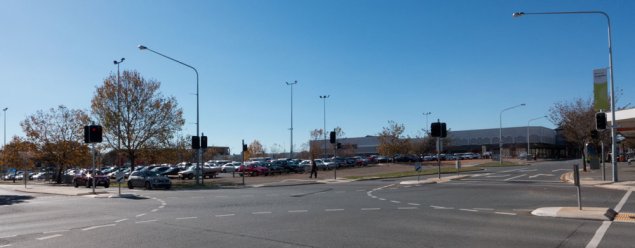
and after:













